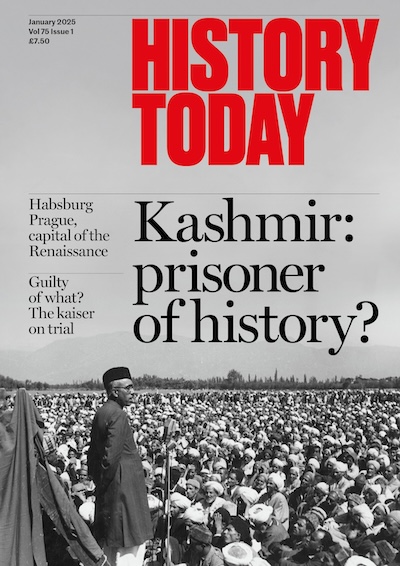The Right to Choose: Women, Consent and Marriage in Late Medieval England
Jeremy Goldberg examines three stories of disputed marriages and discusses definitions of consent and how they impinged on a medieval woman’s right to marry when and whom she chose.
From the late twelfth century the medieval Church had made consent the central plank of matrimony. This doctrine was codified by the Fourth Lateran Council (1215) and disseminated throughout the Catholic West. To wed, a man and a woman needed neither witnesses, nor a priest, nor a church, though the Church also taught that all three were desirable. Nor did couples require the goodwill of their parents, their lord, or anyone else. So long as they were both of sufficient age to exercise consent and were not otherwise contracted to anyone else, a couple could, like Romeo and Juliet, pledge themselves to one another in binding union merely by uttering the appropriate words.





